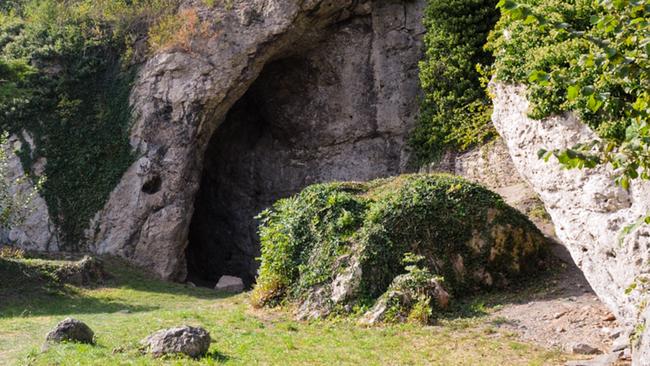Humans reached icy Europe in time of Neanderthals
Pioneering groups of humans braved icy conditions to settle in northern Europe more than 45,000 years ago, in a ‘huge surprise’ discovery.

Pioneering groups of humans braved icy conditions to settle in northern Europe more than 45,000 years ago, a “huge surprise” that means they could have lived there alongside Neanderthals, scientists have revealed.
The international team of researchers found human bones and tools hiding behind a massive rock in a German cave, the oldest traces of homo sapiens ever discovered so far north.
The discovery could rewrite the story of how the species populated Europe – and how it came to replace the Neanderthals, who became extinct just a few thousand years after humans arrived.
When the two coexisted in Europe, there was a “replacement phenomenon” between the Middle Palaeolithic and the Upper Palaeolithic periods, said palaeoanthropologist Jean-Jacques Hublin, who led the new research.
Archaeological evidence such as stone tools from both species has been discovered dating from this period – but determining exactly who created what has proved difficult because of a lack of bones. Particularly puzzling have been tools from what has been called the “Lincombian-Ranisian-Jerzmanowician” (LRJ) culture found at several sites north of the Alps, including in England and Poland. One such site near Ranis in central Germany was the focus of three new studies published in the journal Nature.
The cave was partially excavated in the 1930s, but the team hoped to find more clues during digs between 2016 to 2022.
The 1930s excavations had not been able to get past a nearly two-metre rock blocking the way. This time, the scientists managed to remove it by hand. They were rewarded with leaf-shaped stone blades seen at other LRJ sites, and thousands of bone fragments.
The team used a new technique called paleoproteomics, which involves extracting proteins from fossils, to determine which bones were from animals and which from humans.
Using radiocarbon dating and DNA analysis, they found the cave contained the skeletal remains of 13 humans. That meant the stone tools in the cave – once thought to have been made by Neanderthals – were crafted by humans as early as 47,500 years ago. “This came as a huge surprise, as no human fossils were known from the LRJ before,” said study co-author Marcel Weiss.
The fossils date from around the time when the first homo sapiens were leaving Africa for Europe and Asia. “For a long time we have thought of a great wave of homo sapiens that swept across Europe and rapidly absorbed the Neanderthals towards the end of these transitional cultures around 40,000 years ago,” said Professor Hublin of Germany’s Max Planck Institute for Evolutionary Anthropology.
The latest discovery suggests that humans populated the continent over repeated smaller excursions – and earlier than had previously been assumed.
Molecular clock estimates, genetic studies and archaeological data suggest the initial colonisation of Australia by modern humans occurred about 48,000 to 50,000 years ago, according to the Australian Museum.
Exactly what happened to the Neanderthals remains a mystery. But some have pointed the finger at humans for driving their extinction, either by violence, spreading disease, or simply by interbreeding with them.
AFP



To join the conversation, please log in. Don't have an account? Register
Join the conversation, you are commenting as Logout